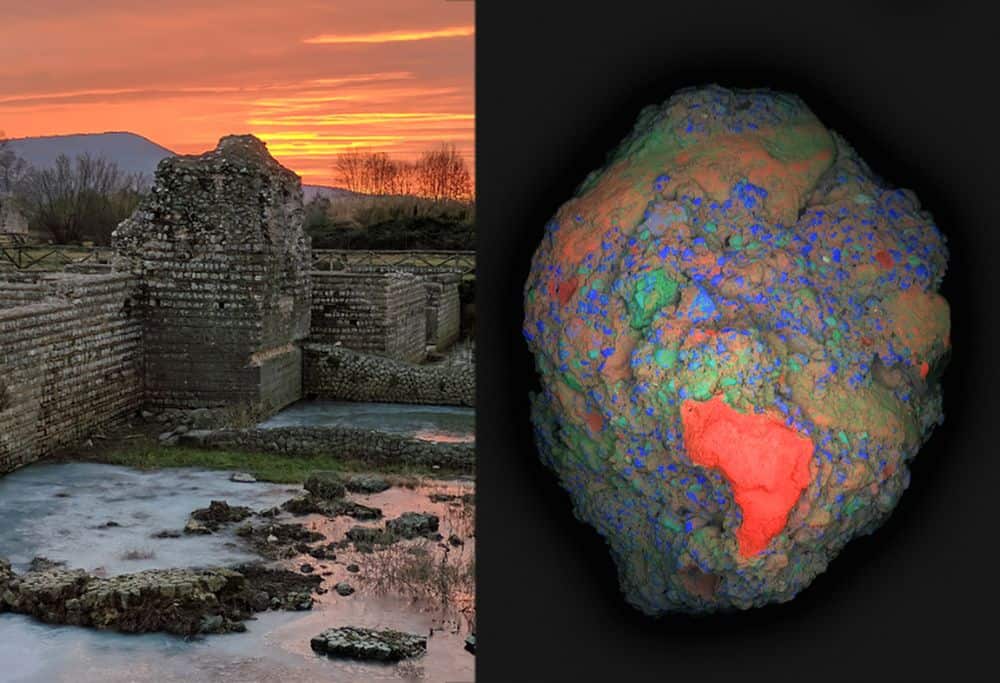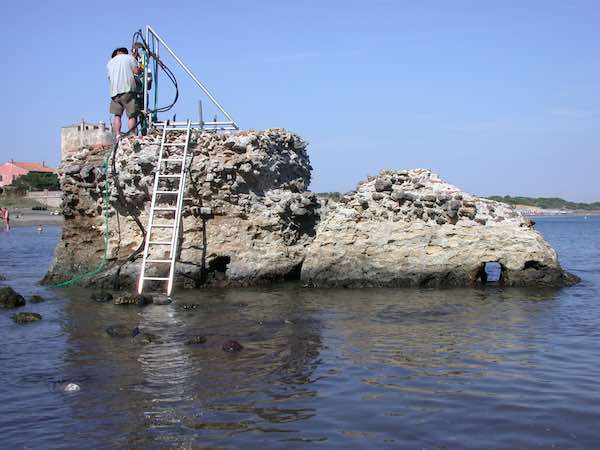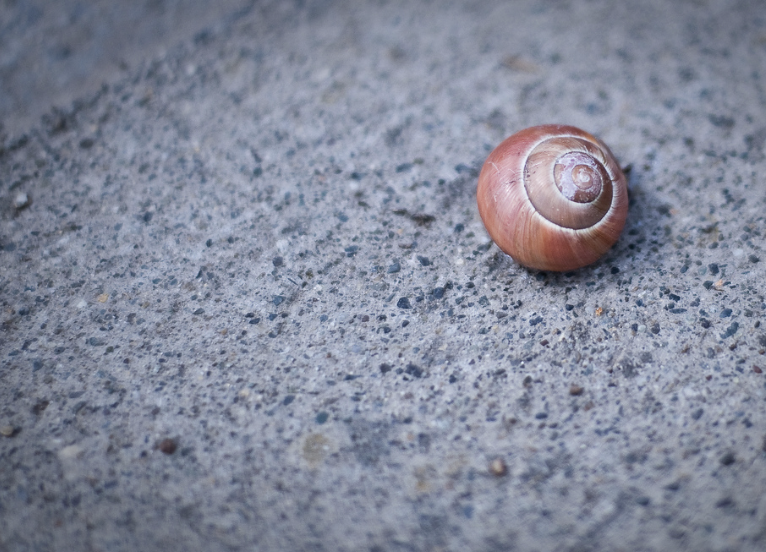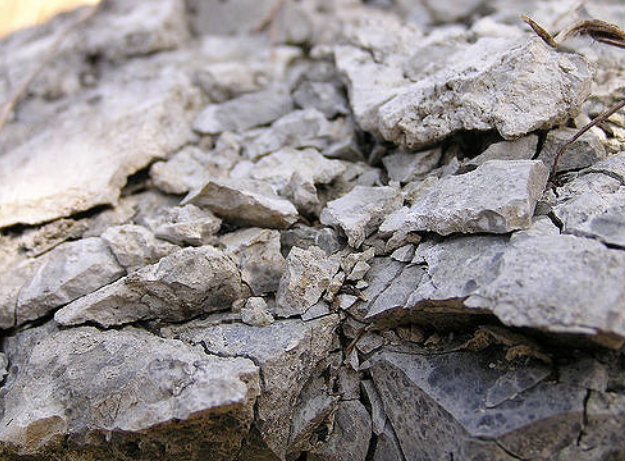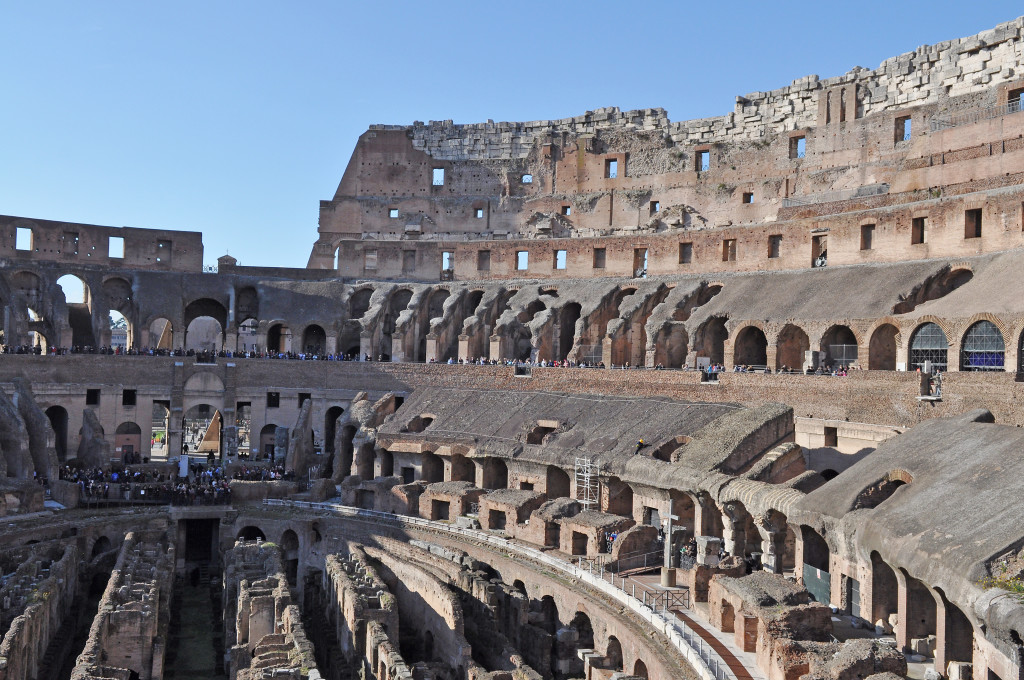Traditionally, researchers have considered aggregate-scale lime clasts in Roman concretes to be relicts of the concrete fabrication process. Researchers led by Massachusetts Institute of Technology instead argue that these clasts were purposefully included to provide the concretes with self-healing properties.
Read MoreThe June/July 2018 issue of the ACerS Bulletin is now available online. You’ll find stories about how ancient concrete is providing insights into new durable concrete, perspectives from students, and much more.
Read MoreAn international group of scientists recently found that the key to the strength of ancient Roman concrete is the presence of aluminous tobermorite, a mineral that slowly forms within voids and prevents cracks from traversing through the concrete.
Read MoreResearchers at North Carolina State University developed a new “sensing skin” that can “detect cracks and other structural flaws that are invisible to the naked eye,” according to an NC State press release.
Read MoreResearchers at the Massachusetts Institute of Technology are working to identify materials in nature that may be used as inspiration for a sustainable, longer-lasting recipe for cement production.
Read MoreResearchers at Rice University in Houston, Texas, say looking at defects could be key to ‘greener’ concrete production that will reduce concrete manufacturing’s impact on climate change.
Read MoreIf we’re going to colonize Mars someday, we’ll need to build durable structures to shelter us from the elements. Materials scientists at Northwestern University in Evanston, Ill., have developed a concrete material using only what’s available on the red planet and without using water.
Read MoreThe latest research to shed light on the ductility and durability of ancient concrete comes from geophysicists at the Stanford University, who discovered concrete-like rock deep within a dormant volcano in Italy they say could explain how ancient Romans invented the compound used to build structures like the Pantheon and Colosseum.
Read MoreDrill core of concrete from a 2,000-year-old Roman breakwater consists of pumice (yellowish inclusions), lava and other volcanic crystalline materials (dark and gray spots), and lime (white). Inset: scanning electron…
Read More
